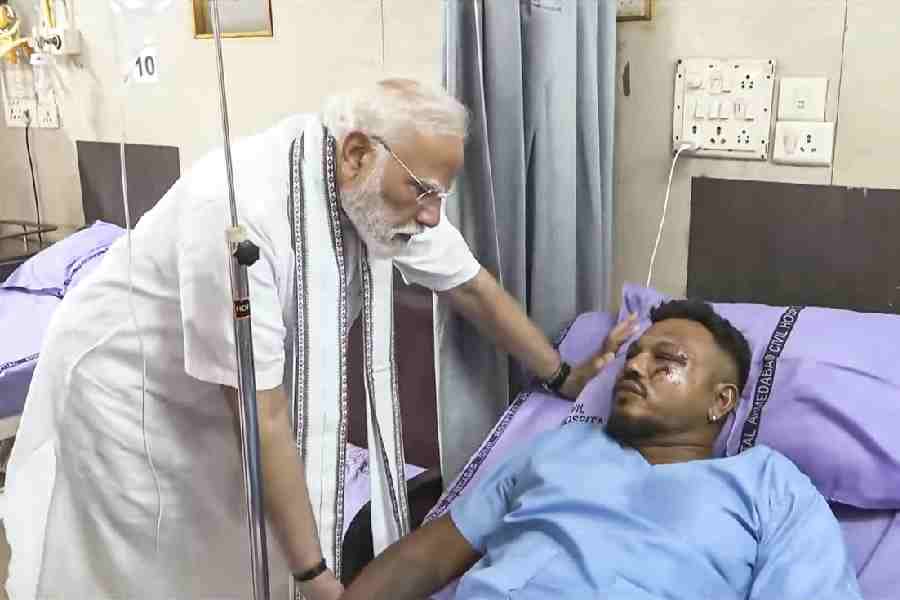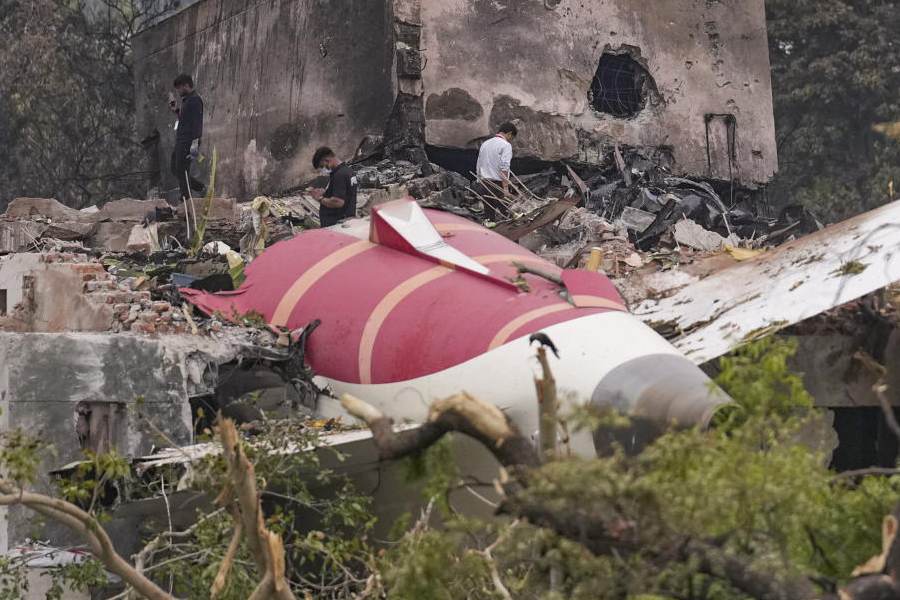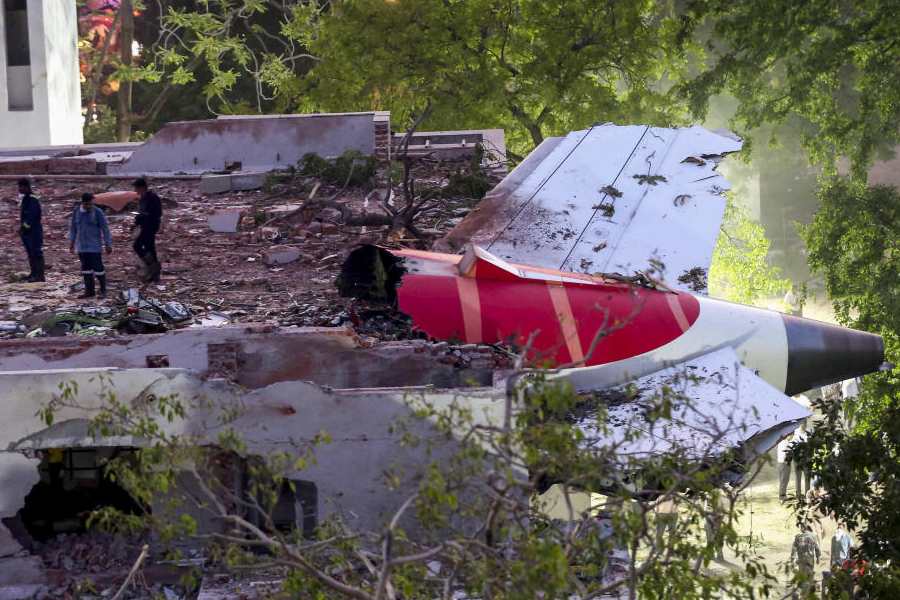 |
New Delhi, Dec. 19: The Supreme Court’s workload has been “overflowing” with litigants often bypassing the lower judiciary in search of justice, a policy research think tank has said in a report that summed up the situation as a “lottery of uncertainty”.
In an article for the Delhi-based Centre for Policy Research, “visiting fellow” Tim Robinson said the system of precedence and hierarchy, fundamental to India’s judicial system, appeared to be breaking down with more and more people approaching the apex court directly or by way of appeal from high courts.
The article is part of the report.
Figures reveal the picture: between 2005 and 2010, the number of cases disposed of by all the high courts increased by about 25 per cent (to about 17 lakh).
During the same period, the number of cases appealed before the Supreme Court increased by 52 per cent (to around 43,000), while the number of cases the Supreme Court accepted for regular hearing increased by 70 per cent (to 8,824).
According to the think tank, a healthy judicial system should be able to absorb more cases. But the Indian system, the report said, has turned out to be an inverted pyramid, with the top court taking the maximum workload.
In India, Robinson said, there are still far more cases at the bottom of the system than at the top, but the workload at the top has been growing faster.
“In fact, the number of cases instituted in the subordinate courts grew by only about 4 per cent from 2005 to 2010. The high courts saw exponentially more growth and the Supreme Court even more. Litigants are rushing to the top of the system, not the bottom. People are bypassing the lower judiciary whenever they can to bring their cases directly to the high courts. And in recent years, litigants have not stopped there. Appeals from the high courts to the Supreme Court are disproportionately increasing,” he said.
If all these appeals were frivolous — one way of delaying decisions — the Supreme Court would have dismissed them at the admission stage itself. But it has been increasingly accepting them.
“In other words, the Supreme Court thinks they are good appeals. Precedent is breaking down. The courts are becoming a lottery of uncertainty, right up to the very top. In this climate, it makes sense for litigants to appeal. They no longer have confidence in high court decisions. And in accepting so many cases, the judges of the Supreme Court show that they agree,” the think tank has said in its report.
According to the report, there could be at least two explanations for this breakdown. One, it might be high court judges are increasingly veering from precedents set, leading to the surge in appeals and their acceptance. Two, it might be Supreme Court judges themselves are not following precedents.
The court’s current 25 judges typically sit in benches of two or three. These benches are supposed to interpret past precedents. When they do not, it makes it difficult for high court judges to know what law to follow and means that litigants might as well try appealing, said the report, which analysed the top court’s workload through 2011, focusing on the years since 2005.
None of the 2011 data has been reported in the media before.
Earlier this year, 14 former Supreme Court and high court judges wrote to the President asking him to commute the death sentence of 13 convicts.
They said the Supreme Court has not been following its own precedent. If it had, these convicts would not have been given the death penalty. “More recently, a bench of Justices K.S. Radhakrishnan and Madan B. Lokur said there was “little or no uniformity in the application” of the death penalty in the judiciary in general.
“The Supreme Court has also been criticised for sending the wrong signals to lower courts in another way,” Robinson said.
“In the Indian system, when the Supreme Court hears appeals, it is supposed to consider whether the high court applied the law correctly to the facts at hand, but generally not question the actual facts of a case, which were determined by the lower courts. However, some court watchers argue the Supreme Court has become too open to determining the facts of the case for itself, essentially retrying the entire case.”
The report said that for the vast majority of litigants, justice at the “local level, not in Delhi”, was the answer. “Ultimately, the fastest way to tackle the Supreme Court’s notorious backlog and restore confidence in the decisions of the upper judiciary might not be to decide more cases, but to decide fewer, with more certainty,” it cautioned.
The report concluded by saying the actual activity of the court remained poorly understood by most people, including even lawyers.











